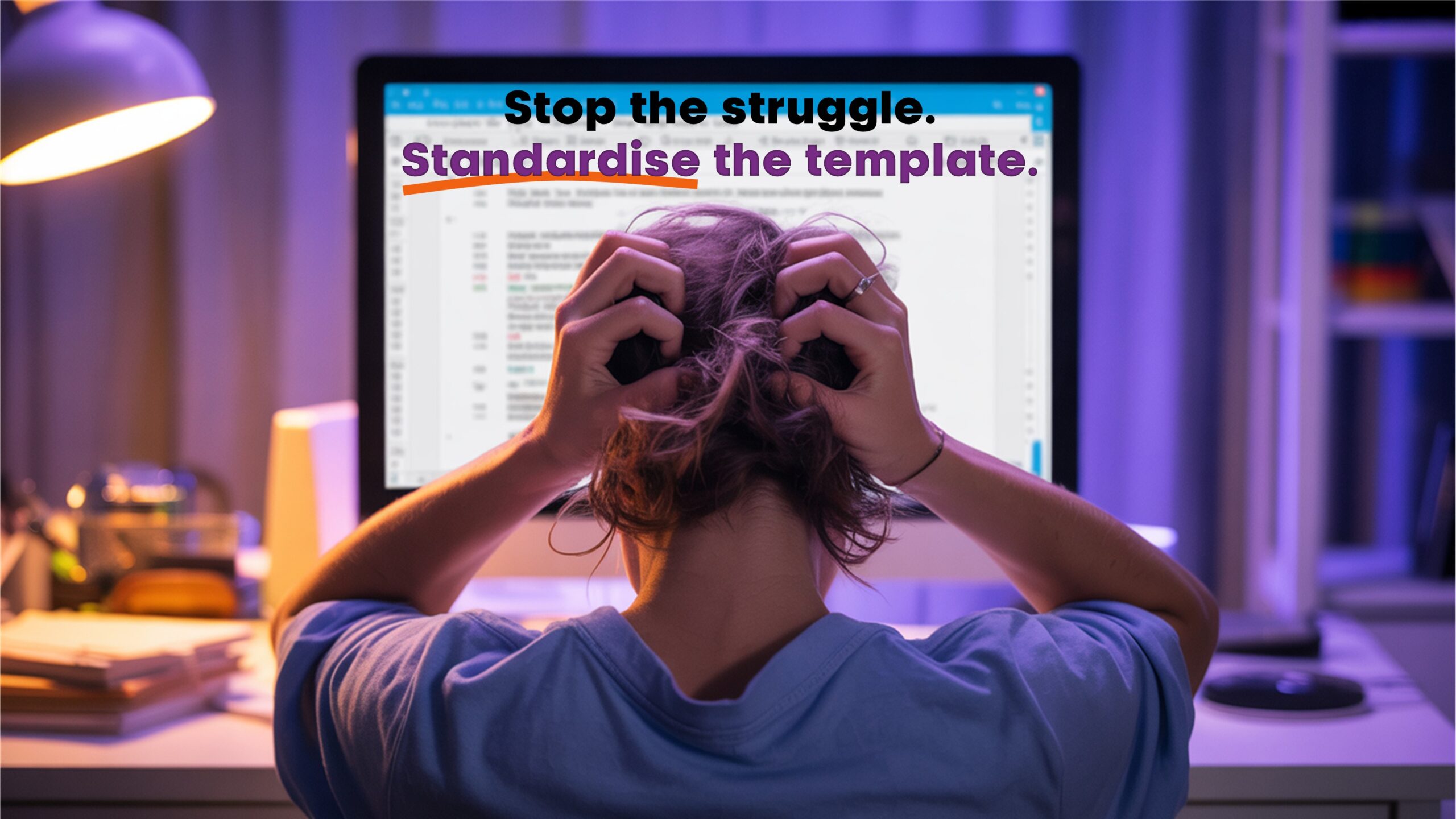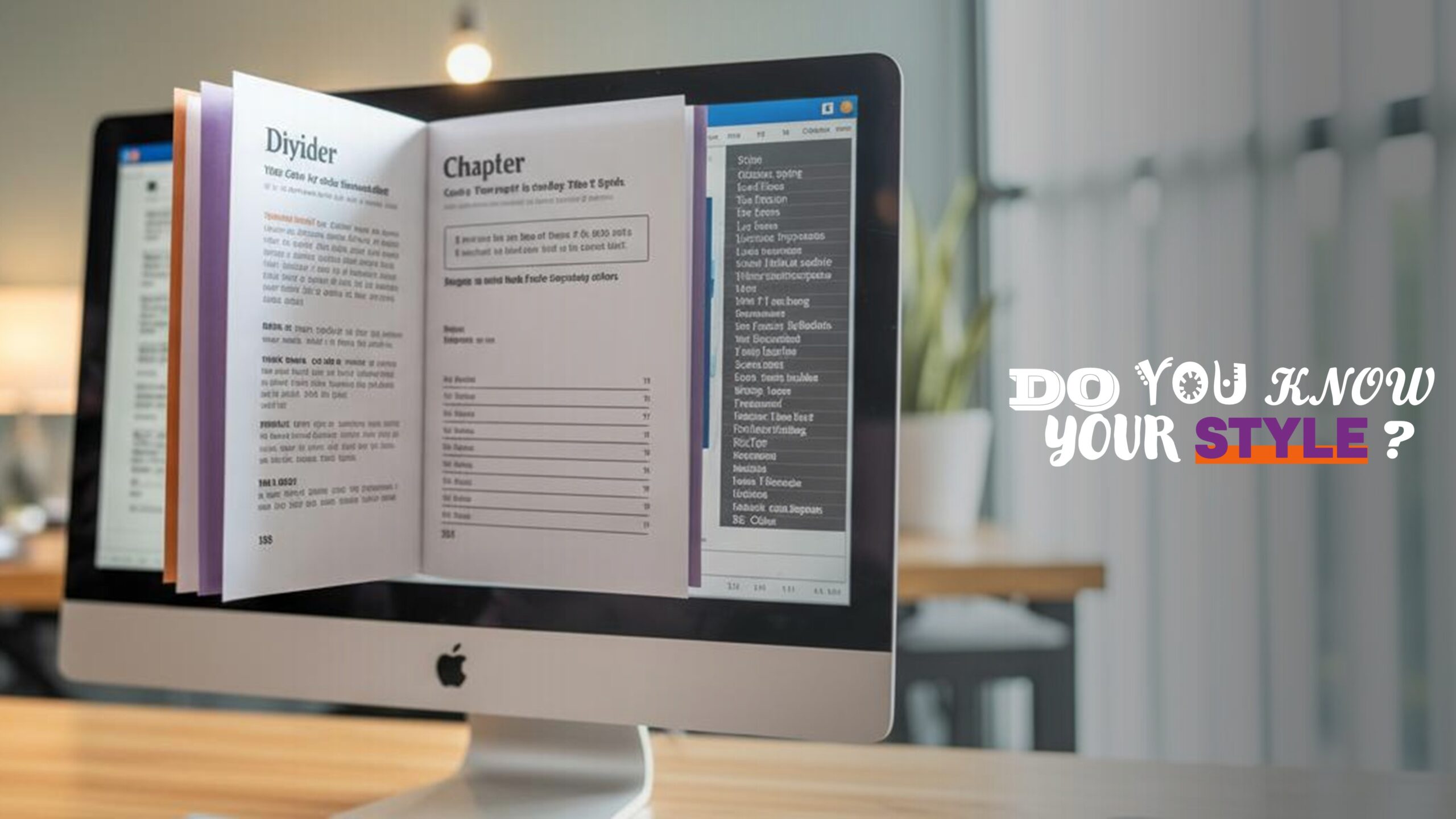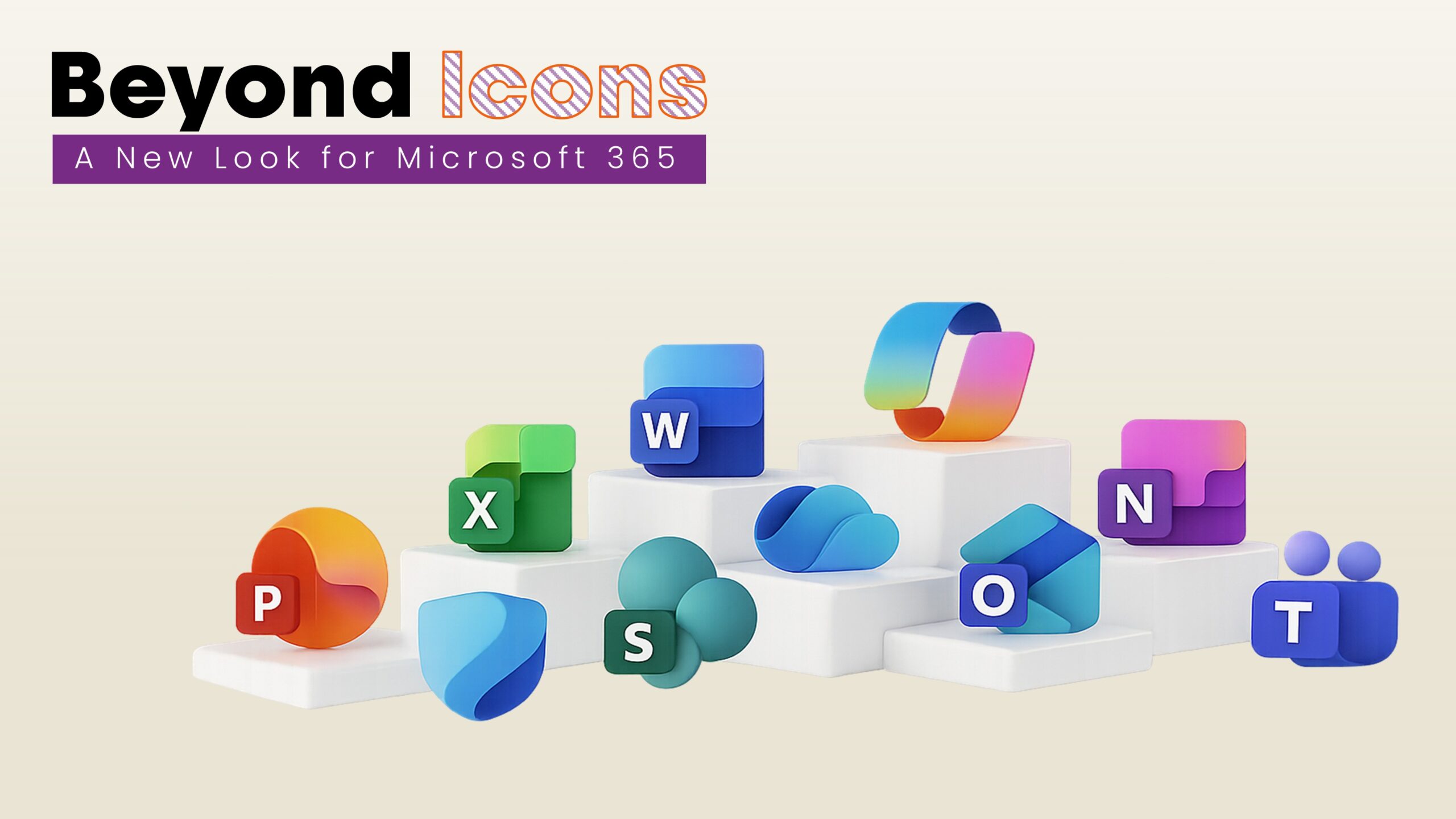Design it once: published reports that live in Word (or PowerPoint)
Posted on
7 September 2025
Reading time
±6 minutes read
Section
Publication
Industry
Cross-sector
Services
Microsoft Office
Let’s create a report template.

Most published reports follow a rhythm. Evidence changes, commentary evolves, photography refreshes — yet the structure is recognisable year after year. Annual reports, sustainability and environmental, social and governance updates, diversity and inclusion statements, gender pay gap reports, quarterly investment reviews, policy white papers, research papers and investor newsletters all tend to reuse a familiar set of sections. If that architecture stays stable, there’s no need to rebuild artwork each cycle; the smarter model is to design it once and make that design live in Microsoft Word as a robust, governed template — or in PowerPoint if a more canvas-like approach suits your team better.
Design it once.
Update it for years.
Word is often dismissed as “just for basic documents”, but it rewards anyone who follows its rules: apply named styles, anchor images correctly, use section breaks for layout changes, and save recurring spreads as reusable components. Do that, and Word behaves less like a typing tool and more like a publishing system: headings and body copy remain consistent via semantic styles; page furniture in headers and footers stays locked; contents, captions and cross-references update themselves; and your finished file can export to a tagged, accessible portable document format (PDF) for web and print.
Writers change words.
The template protects the brand.
For contributors, the experience is simpler than a specialist layout package. Define the grid once, lock colours and fonts, and provide a short set of named styles and page kits. Editors then focus on language and evidence, reviewers on accuracy, while the design stays intact in the background. When the brand evolves, update the template centrally and carry on — no annual rebuild.
Real-time co-authoring in Microsoft 365 typically saves around 1.5 hours per person per week through collaboration and cloud file workflows.
Keeping your master in OneDrive or SharePoint means stakeholders always open the current draft, track changes in one place and work together in real time — removing the duplicate files and version confusion that so often slow reporting schedules.
Accessible by design:
structure first, export second.
Accessibility should never be an afterthought. UK guidance advises publishing in web-native formats where possible and ensuring any PDF provided online is accessible. Word supports this when the source is properly structured; run the Accessibility Checker and those semantics carry through to the PDF on export. This is good for compliance and discoverability.
Long-running usability research finds PDFs problematic for on-screen reading, and studies show accessibility remains poor: a Swiss repository survey found fewer than 11% of PDFs had minimum accessibility features; broader analyses report roughly three in four scholarly PDFs fail most criteria. Build accessibility into the source.
Charts and figures are not a barrier. Charts can inherit brand colours and refresh from Excel; figure and table numbering stays correct; and complex spreads — performance snapshots, risk heat maps, “strategy on a page” — can be assembled as page kits. Where a freer canvas is preferable (for example, an investor overview that leaders present as well as publish), PowerPoint offers flexibility while still enforcing brand, grids and typography.
Print is still part of the picture. Word exports high-resolution PDFs suitable for digital and office print workflows; where litho or specialist finishes are required, plan the print pathway early and engineer the template accordingly rather than treating print as a last-minute conversion.
If you already have a finished design in Figma, Illustrator or InDesign and worry it cannot be replicated in Office, that is precisely where ZOARC Creative comes in. We translate agency artwork into sturdy Word and PowerPoint templates that respect the original intent — typography, colour systems, grids and spacing — while obeying the rules of Microsoft applications. We protect what must not change and open only what your team needs to edit. We frequently partner with brand and design studios around the world: they shape the look and feel; we engineer the living templates and hand them over with concise training so internal teams can work quickly and safely.
Accessible structure matters at scale: 1.3 billion people — about one in six globally — live with significant disability. Well-structured, accessible reports help reach everyone who needs your content.
If your published reports — annual reports, sustainability updates, diversity and inclusion statements, gender pay gap reports, quarterly investment reviews, research papers, policy briefs or investor newsletters — will broadly look the same this cycle, you do not need to rebuild them. Design the system once. Put it in Word (or PowerPoint). Keep the creativity; remove the rework. When you are ready, ZOARC Creative will convert your existing design, build the template library, migrate last year’s content and train your editors so the process lives with you, not outside your walls.
Explore more...
- ±5 minutes read
- ±5 minutes read
- ±5 minutes read
- ±7 minutes read
- ±8 minutes read
- ±7 minutes read
- ±5 minutes read
- ±5 minutes read
- ±5 minutes read







